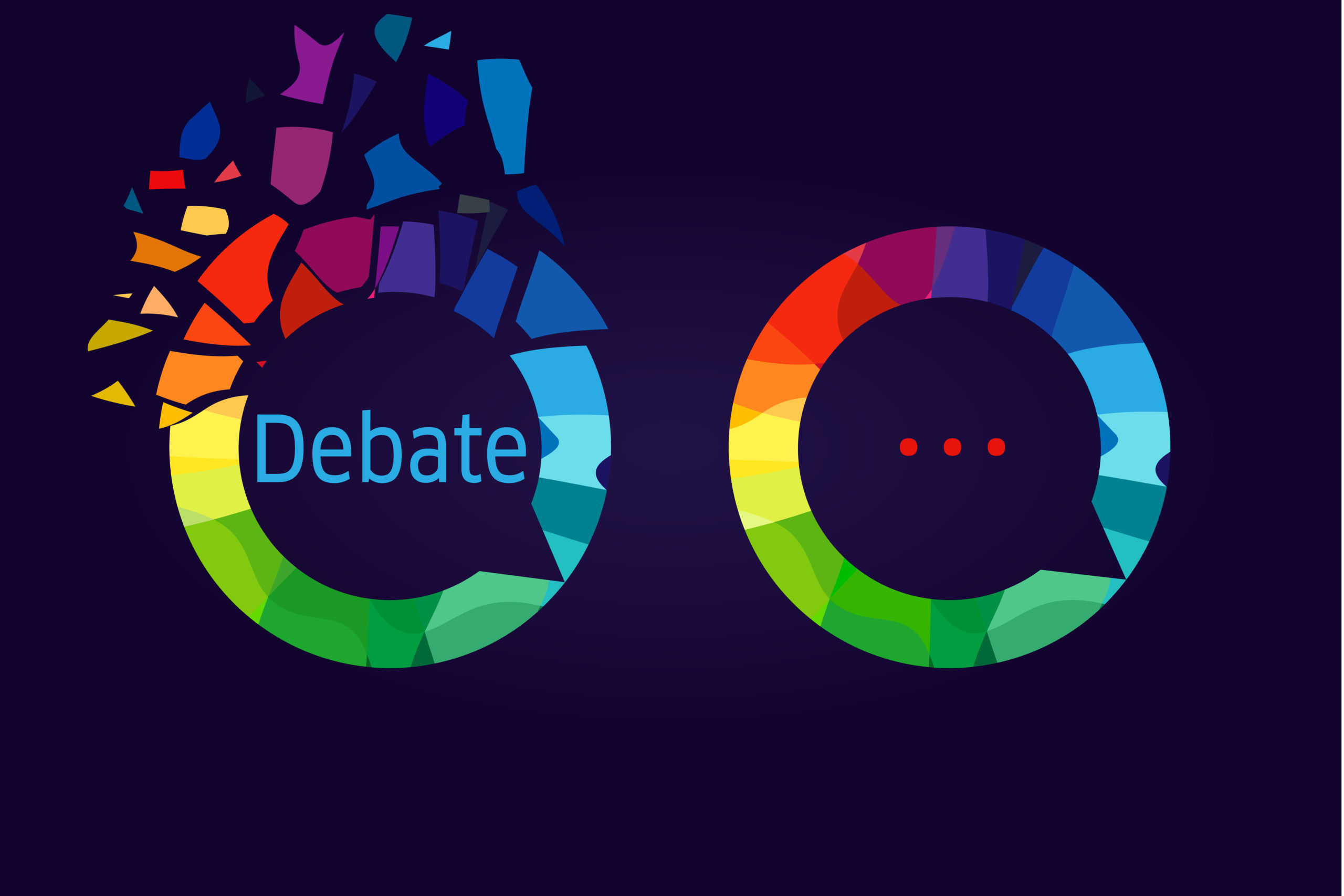Debate clubs offer students more than just a platform to argue their points. They cultivate critical thinking, public speaking, and confidence—skills that will serve them throughout their lives. Traditionally, debates unfold in classrooms or auditoriums, with all the excitement of live exchanges. However, there’s a new way of thinking about these spaces—one that moves debates from the physical stage to a virtual one, leveraging voice social networks like Sound Branch to transform how students engage in debate.
On Sound Branch, students can still sharpen their arguments, but they are freed from the pressure of real-time performance. The platform allows students to record voice notes, sharing their positions, rebuttals, and counterarguments asynchronously. In high schools, where students are balancing coursework, extracurriculars, and social lives, this flexibility is invaluable. It means they can engage deeply with debate topics without the logistical challenges of scheduling live sessions.
When debates happen in person, a few key issues often arise. Time constraints limit the depth of argument; only a few voices may dominate, and the pressure of public speaking can prevent some students from participating at all. On a voice platform like Sound Branch, these limitations dissolve. Every student gets a turn to speak, and they can think more critically about their response before posting it. What emerges is a more reflective, nuanced debate where thoughtfulness is rewarded over quick wit.
One of the platform’s most distinct advantages is that students can listen back to their own and others’ contributions multiple times. This opportunity for review is powerful—students can evaluate their delivery, identify areas for improvement, and refine their rhetorical skills. Unlike a live debate, where what’s said is often lost in the moment, Sound Branch creates a record of every debate for future analysis and growth.
Moreover, the platform allows for a broader and more inclusive conversation. Shy students, often reluctant to speak up in live settings, can find their voice in this less pressured environment. It’s easier to participate when the stakes don’t involve standing in front of a class but rather clicking a button to record. This opens the debate club to a wider range of voices, fostering greater diversity in thought and expression, which is, after all, the heart of a great debate.
The asynchronous nature of Sound Branch also means students can engage with debates beyond the school day. Perhaps a new thought strikes them at home, or they come across an article that sparks a fresh argument. Sound Branch keeps the debate alive, allowing students to return, reflect, and contribute at their own pace.
Another key advantage is the ability to integrate multimedia. Students can upload supporting materials such as images, articles, or even audio clips of experts to bolster their arguments. This multimodal approach brings a richness to debate that live settings often lack, as students are empowered to draw from a wider range of sources and examples to support their points.
While live debates will always hold a special place in schools, the use of a voice social network for debates enhances the experience in new and exciting ways. High schools, in particular, stand to benefit. The combination of flexibility, inclusivity, and a space for thoughtful reflection enables more students to not only participate but thrive in debate.
Ultimately, Sound Branch transforms the debate club from a once-a-week event into an ongoing conversation, sharpening the minds of students and ensuring that all voices are heard. The question, then, is not whether schools should adopt this new method of debate—but rather, how soon can they start?
Setting Up a Debate Club on Sound Branch: A Practical Guide
Sound Branch is an ideal platform for starting a debate club in your school. With its voice note features, students can record and share their debates, engaging in meaningful discussions from anywhere. Here’s a step-by-step guide to help you set up your own debate club, combining the technical setup with practical tips for running successful debates.
1. Creating a Site on Sound Branch
To begin, follow these steps to create your debate club’s digital home on Sound Branch:
- Sign up for a free account on Sound Branch.
- Create a new site for your debate club by navigating to the “Create a Site” option.
- Add a logo and description: Customise your site with the school’s logo and a brief description, encouraging students to join.
2. Setting Up Channels for Debate Topics
Within your site, you can set up channels to organise debates around specific topics or themes:
- Create channels for each debate. For example, “School Uniforms: For or Against” could be one channel.
- Set channel permissions to ensure only members of your club can post or comment.
- Use polls to vote on debate topics or decide winners for competitive rounds.
3. Recording and Sharing Debates
Encourage students to use Sound Branch’s voice note feature to practice their debating skills:
- Assign debate topics in advance so students can prepare their arguments.
- Have students record their speeches on their phones using the Sound Branch app.
- Set a time limit for voice notes to mimic real debate conditions (e.g., 2-3 minutes per speaker).
- Encourage students to reply to each other’s voice notes, fostering back-and-forth debate discussions.
4. Facilitating Your First Debate
Here’s a practical plan for running your first debate using Sound Branch:
- Topic selection: Ask students to submit their ideas for debate topics, then create a poll to choose the first debate.
- Group setup: Divide students into two groups—“For” and “Against.”
- Recording arguments: Each group records an opening argument in their designated channel.
- Rebuttals and replies: After each side posts their opening argument, the opposing side posts rebuttals via voice notes.
5. Involving Students and Growing the Club
- Advertise the club: Involve students in promoting the debate club by creating posters and making announcements in assemblies.
- Use form-time activities: To recruit members, consider running a mini-debate or activity during form time.
- Encourage leadership: Older students can take on roles like moderators or judges for debates, helping to grow and manage the club.
6. Planning Regular Debates
- Weekly debates: Set a schedule for weekly debates, using the same format for consistency.
- Competitions and challenges: Use Sound Branch to host internal competitions or challenge other schools to virtual debates.
- Record key events: Motivate students by recording debates for special assemblies or even local competitions.
7. Using Sound Branch to Evaluate Performance
- Transcribe voice notes: Sound Branch allows you to transcribe voice notes, making it easy to review and assess student performance. Use the transcripts to create feedback or even publish newsletters or blogs about your club’s debates.
- Encourage peer feedback: Students can listen to each other’s arguments and offer constructive feedback through comments on the platform.
8. Debate Topics to Get Started
Here are some sample debate topics you can use for your club:
- Should we abolish school uniforms?
- Should zoos be banned?
- Should everyone earn the same salary regardless of their job?
By setting up your debate club on Sound Branch, students can engage in meaningful debates, hone their communication skills, and even involve the wider school community in their discussions. With the ease of recording, sharing, and transcribing debates, your club can thrive both online and in person.



